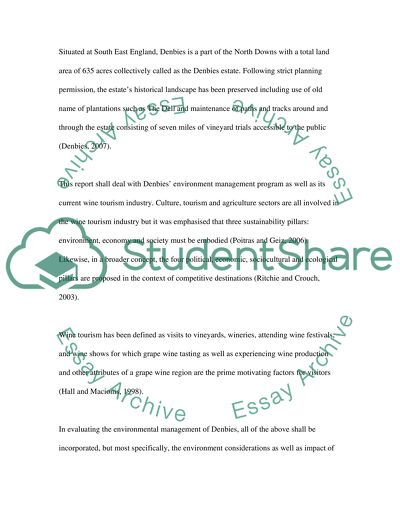Cite this document
(“Environmental Management of Denbies Essay Example | Topics and Well Written Essays - 2250 words”, n.d.)
Environmental Management of Denbies Essay Example | Topics and Well Written Essays - 2250 words. Retrieved from https://studentshare.org/miscellaneous/1520162-environmental-management-of-denbies
Environmental Management of Denbies Essay Example | Topics and Well Written Essays - 2250 words. Retrieved from https://studentshare.org/miscellaneous/1520162-environmental-management-of-denbies
(Environmental Management of Denbies Essay Example | Topics and Well Written Essays - 2250 Words)
Environmental Management of Denbies Essay Example | Topics and Well Written Essays - 2250 Words. https://studentshare.org/miscellaneous/1520162-environmental-management-of-denbies.
Environmental Management of Denbies Essay Example | Topics and Well Written Essays - 2250 Words. https://studentshare.org/miscellaneous/1520162-environmental-management-of-denbies.
“Environmental Management of Denbies Essay Example | Topics and Well Written Essays - 2250 Words”, n.d. https://studentshare.org/miscellaneous/1520162-environmental-management-of-denbies.


